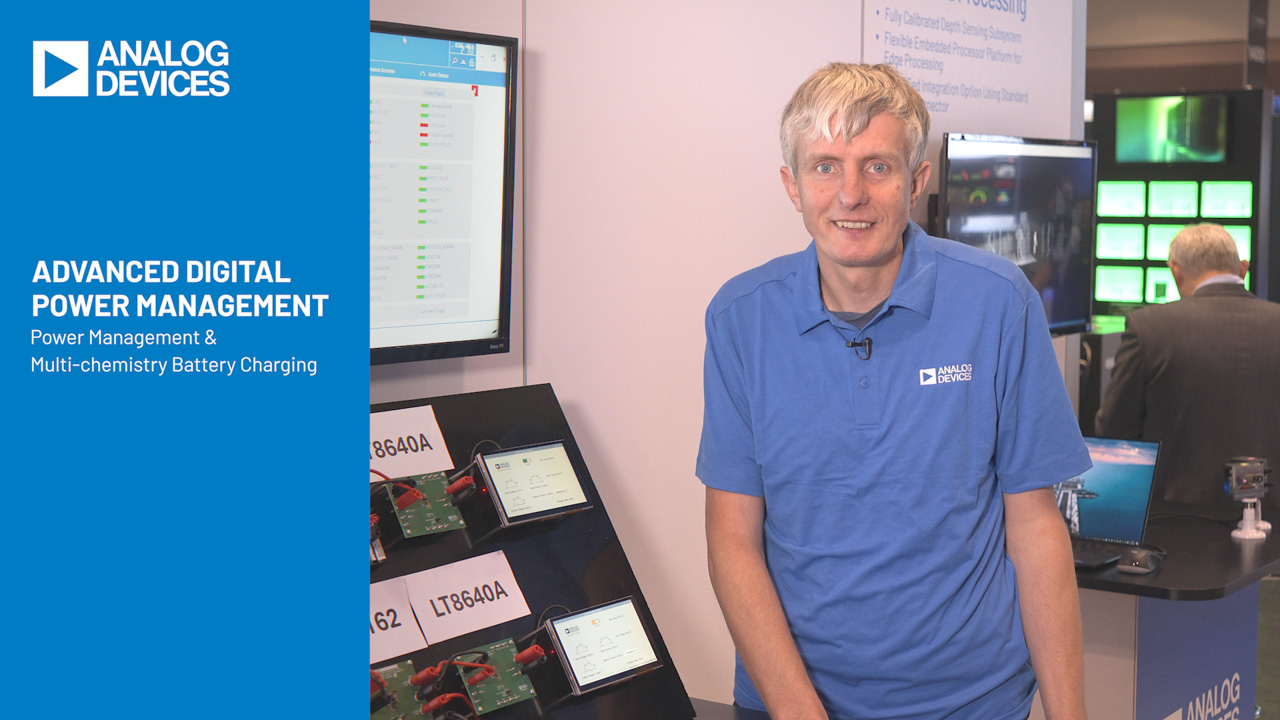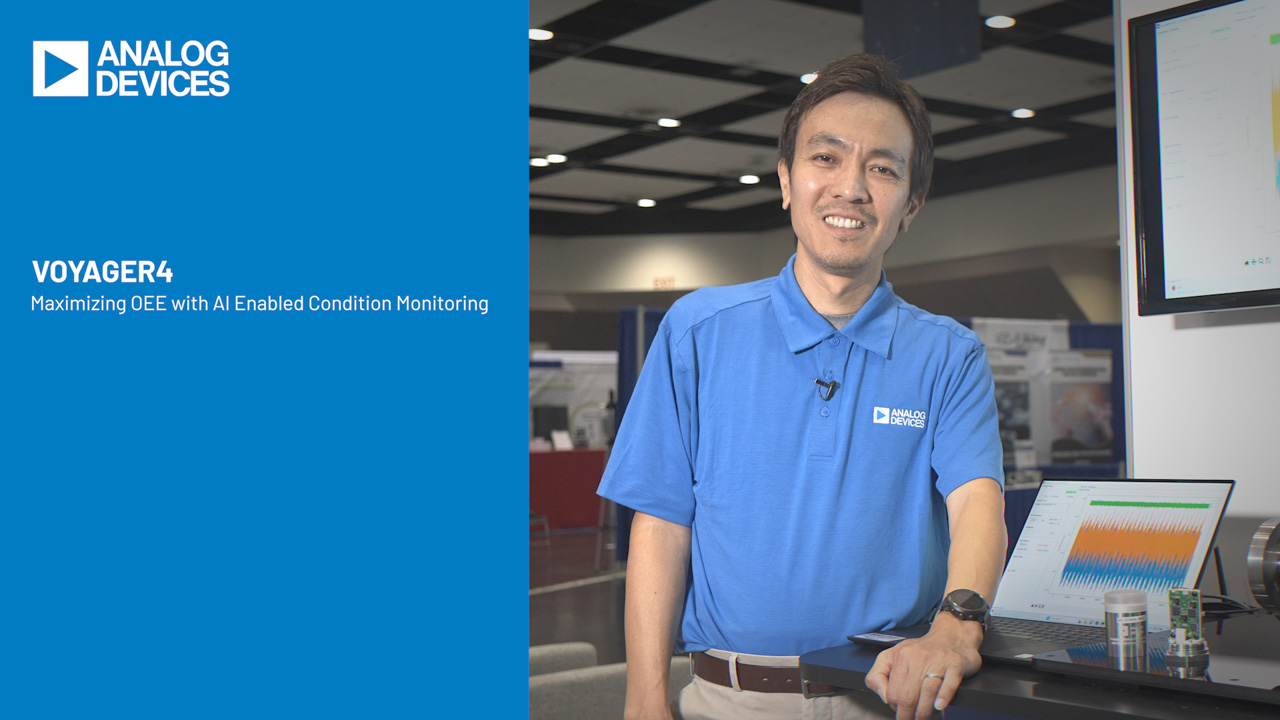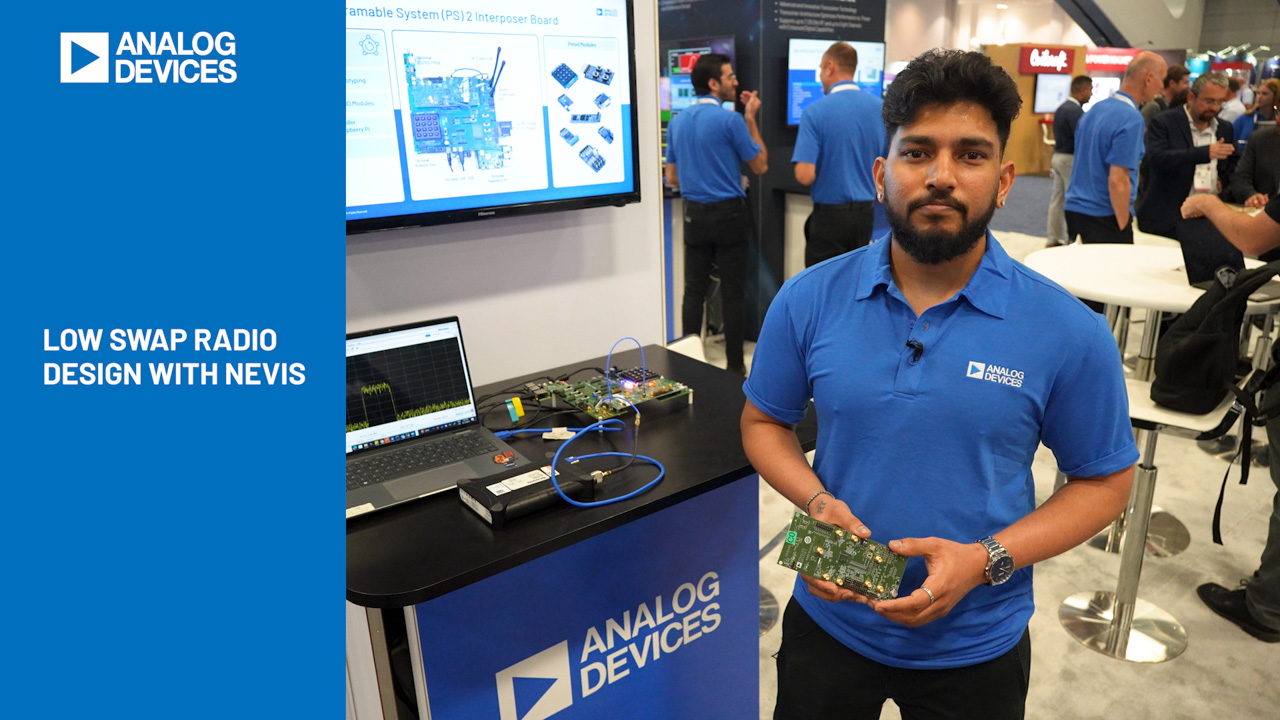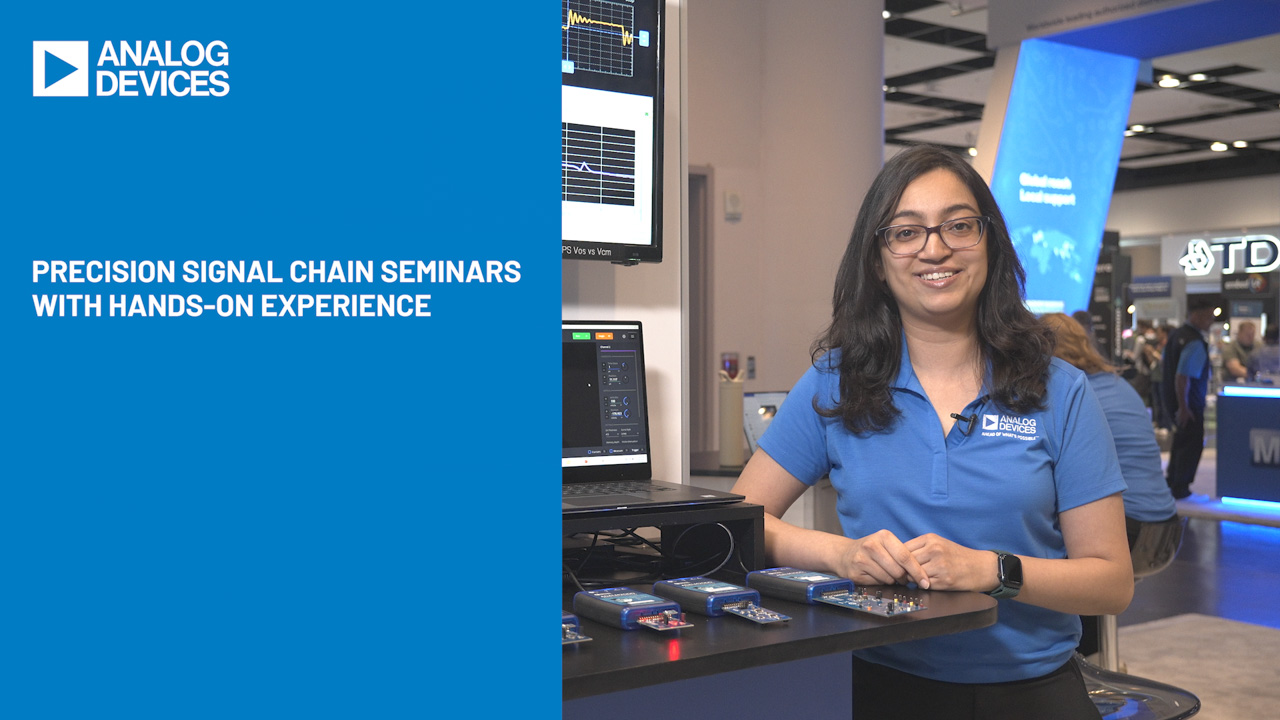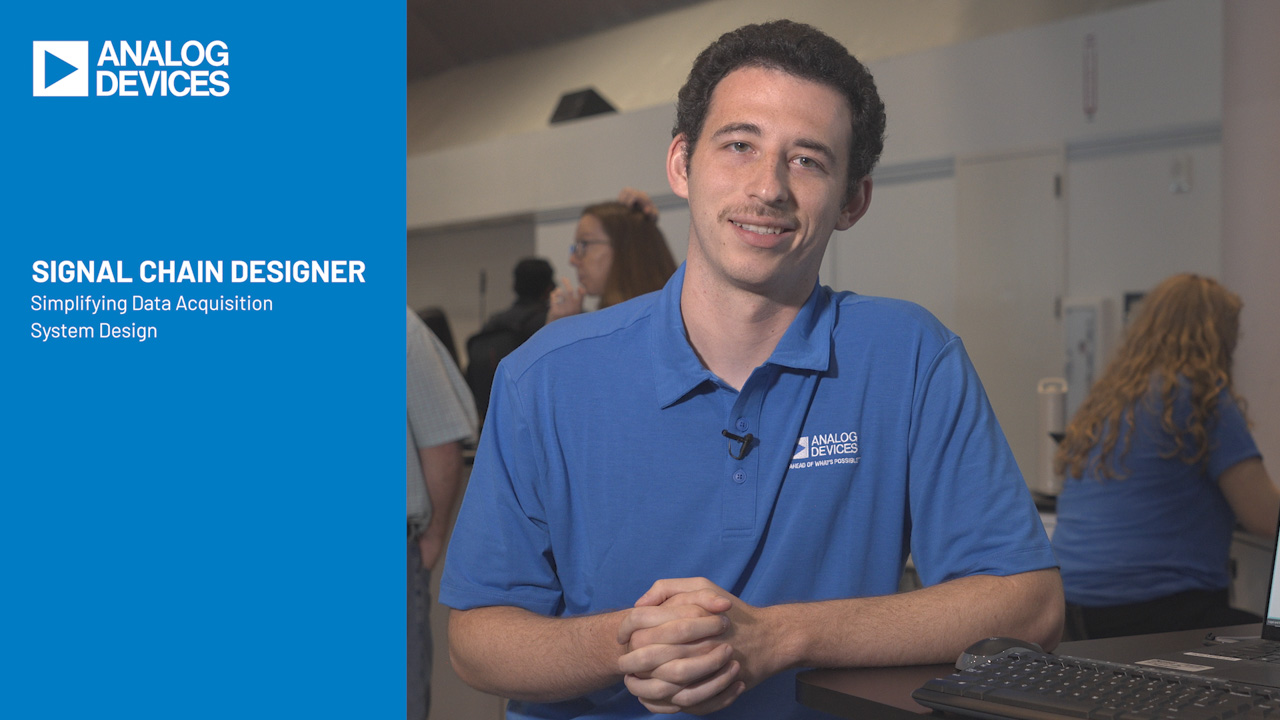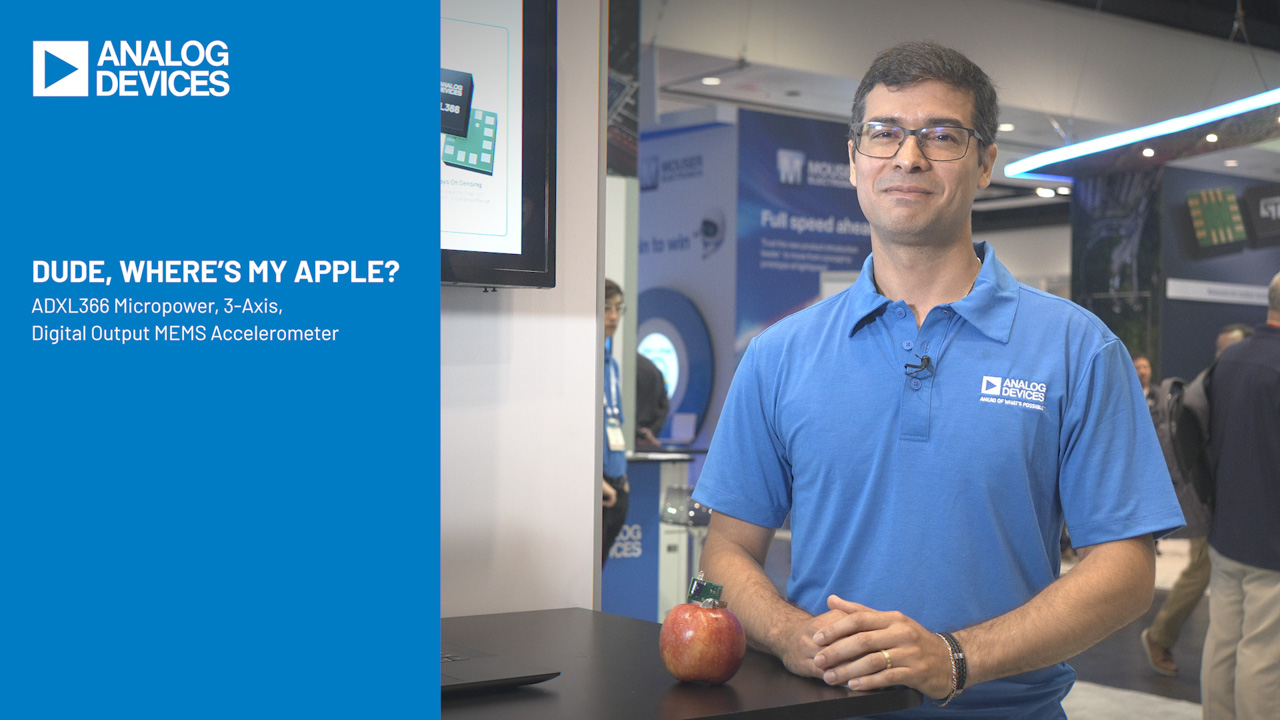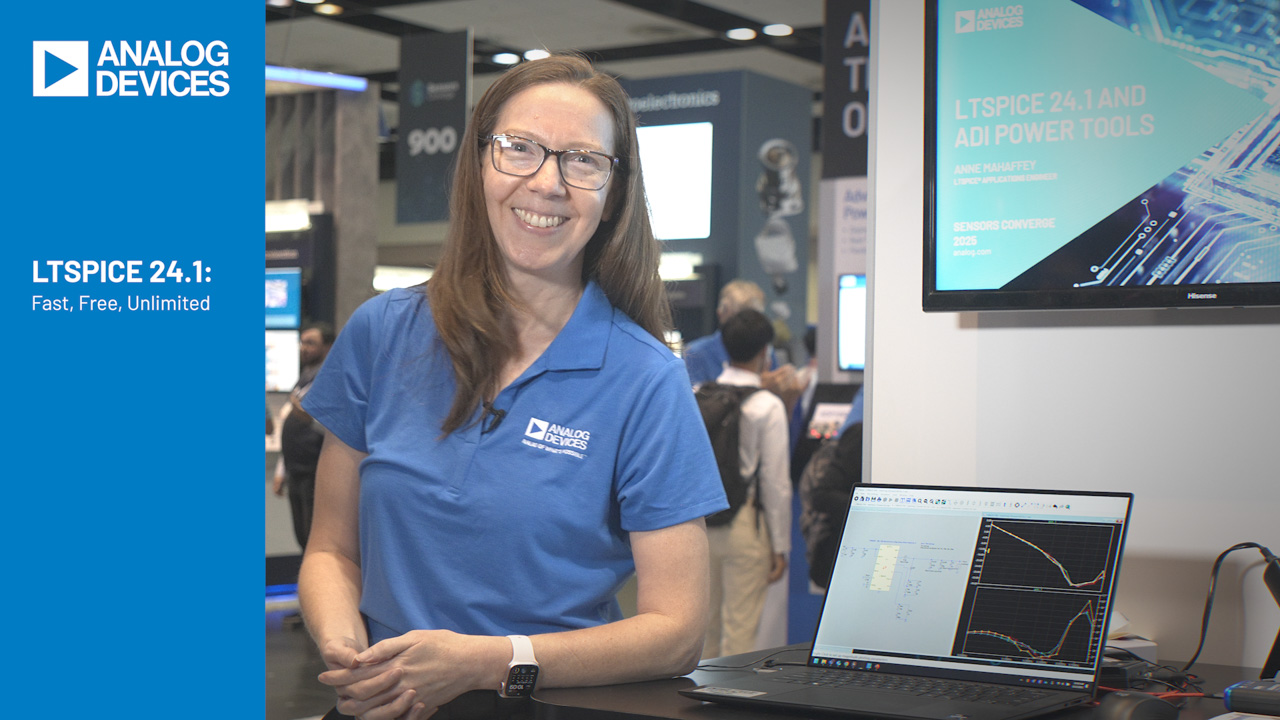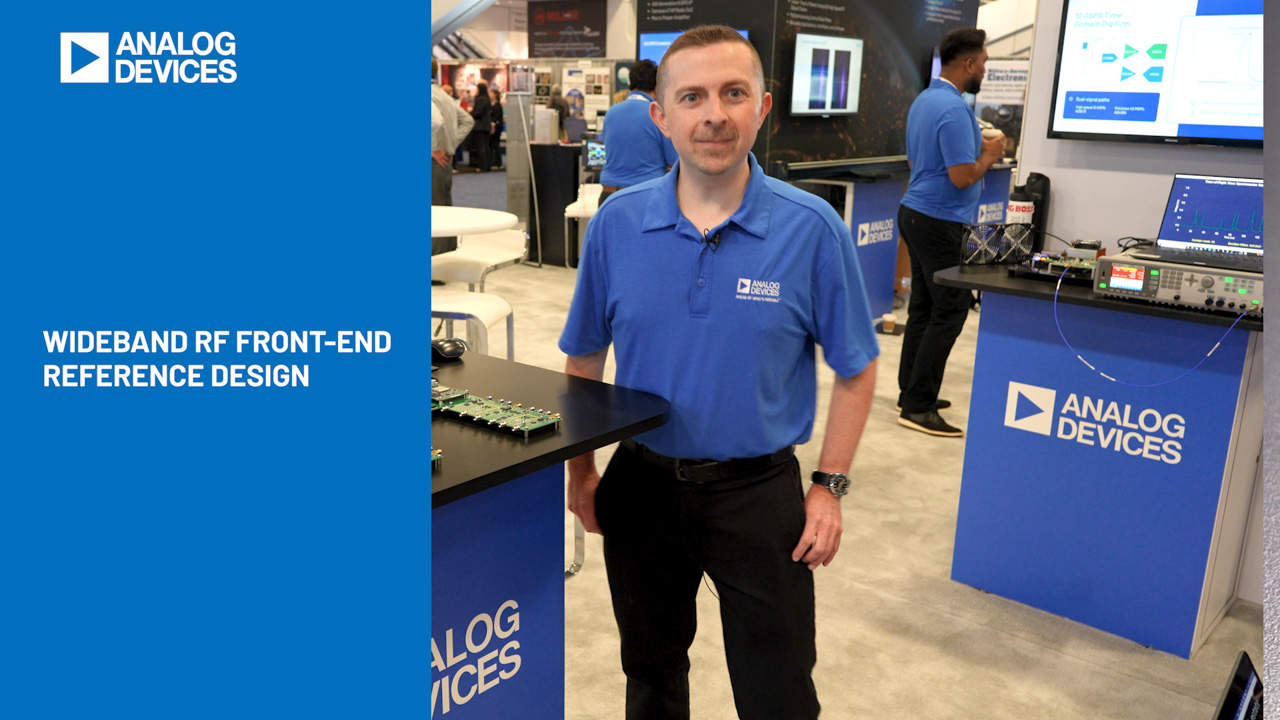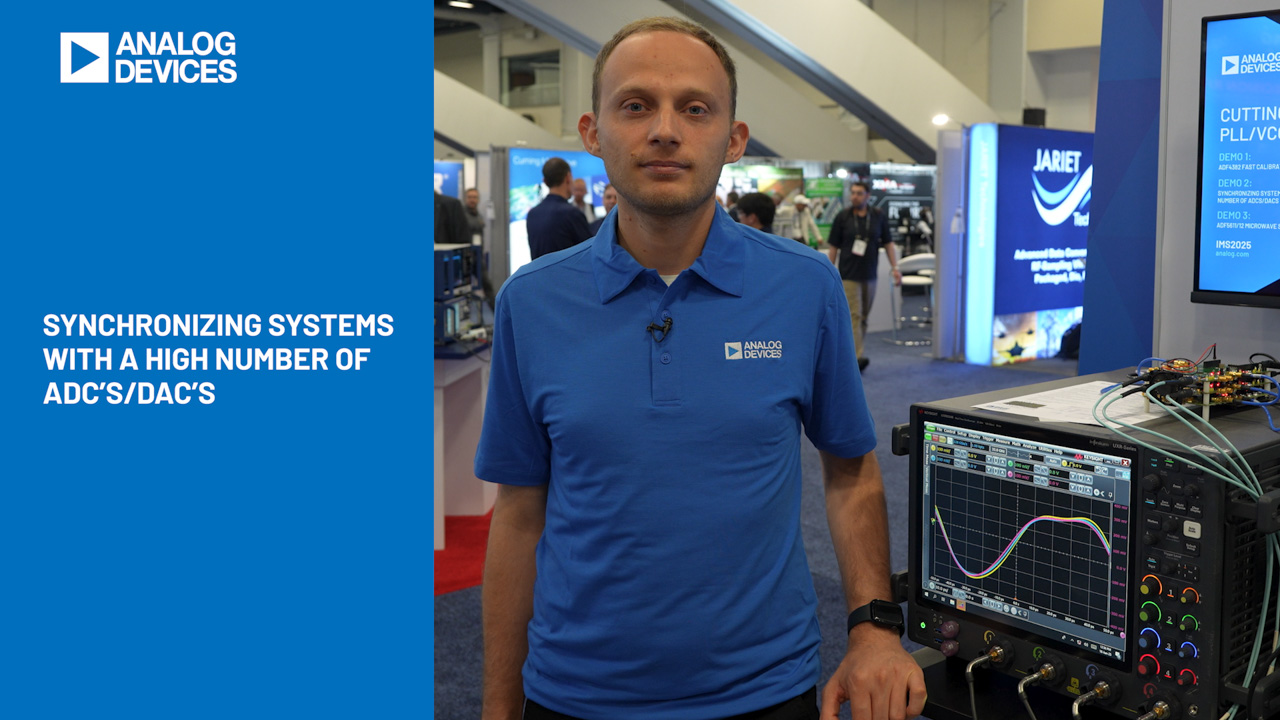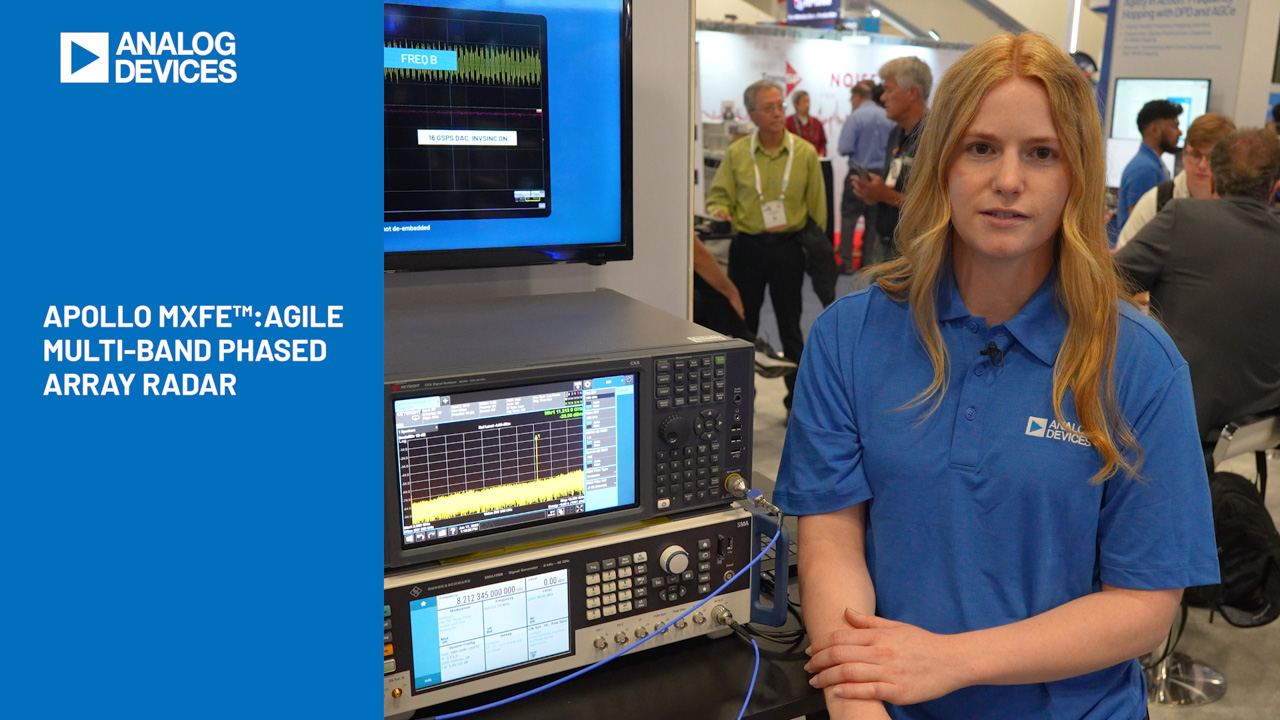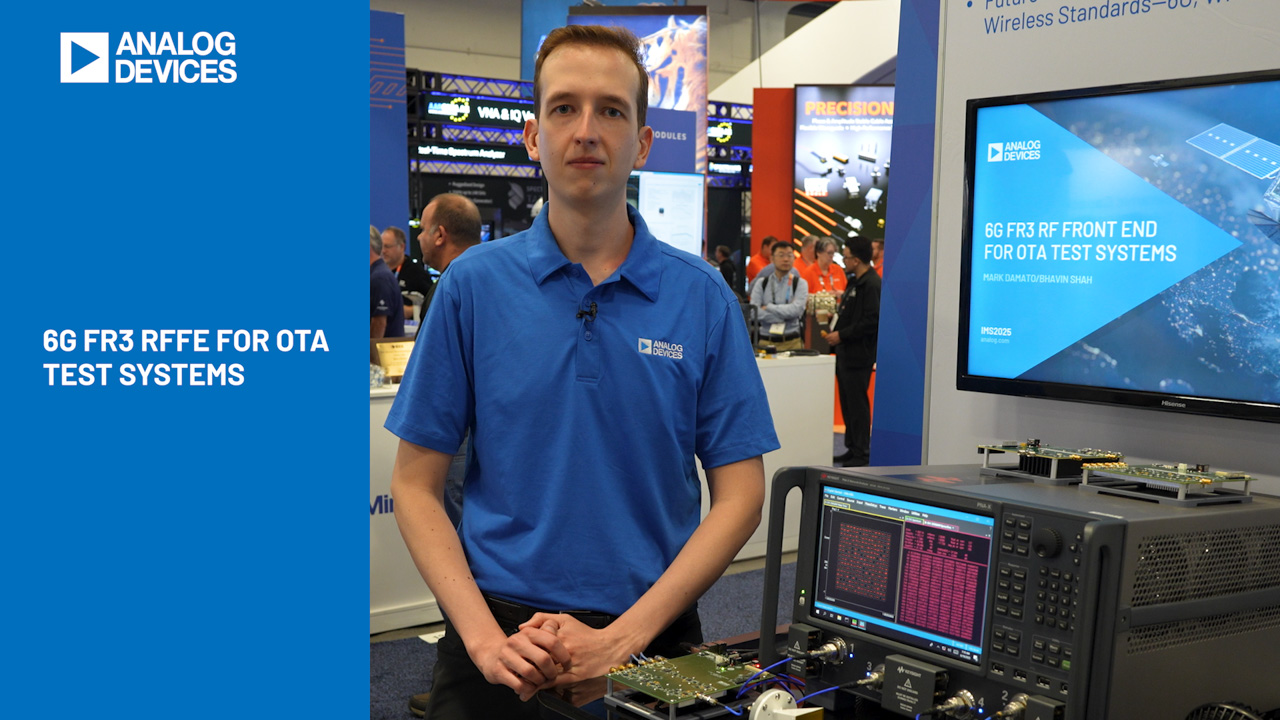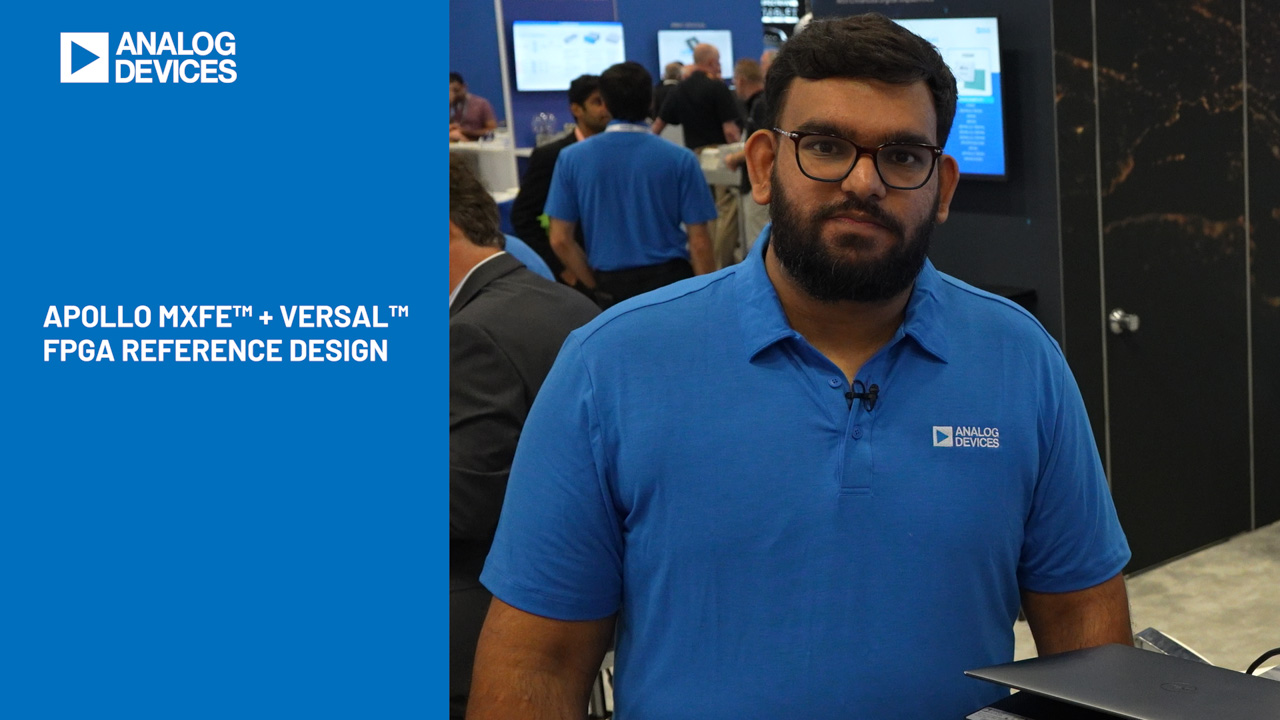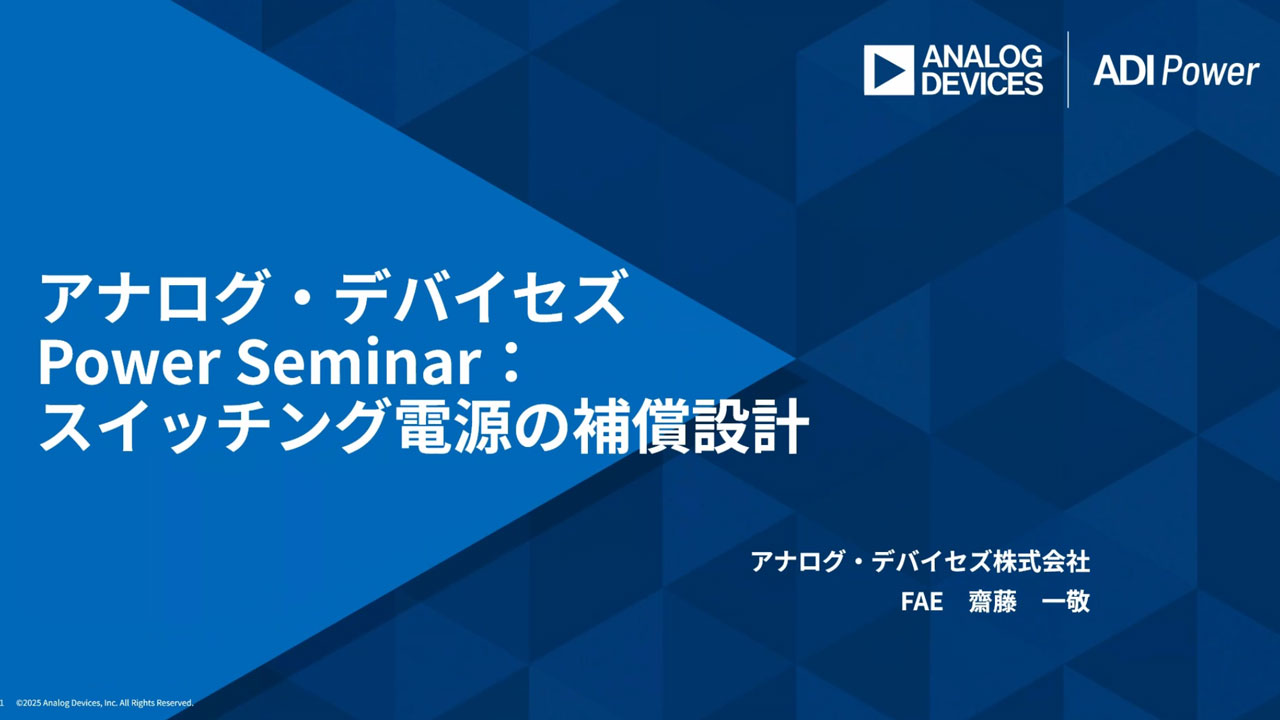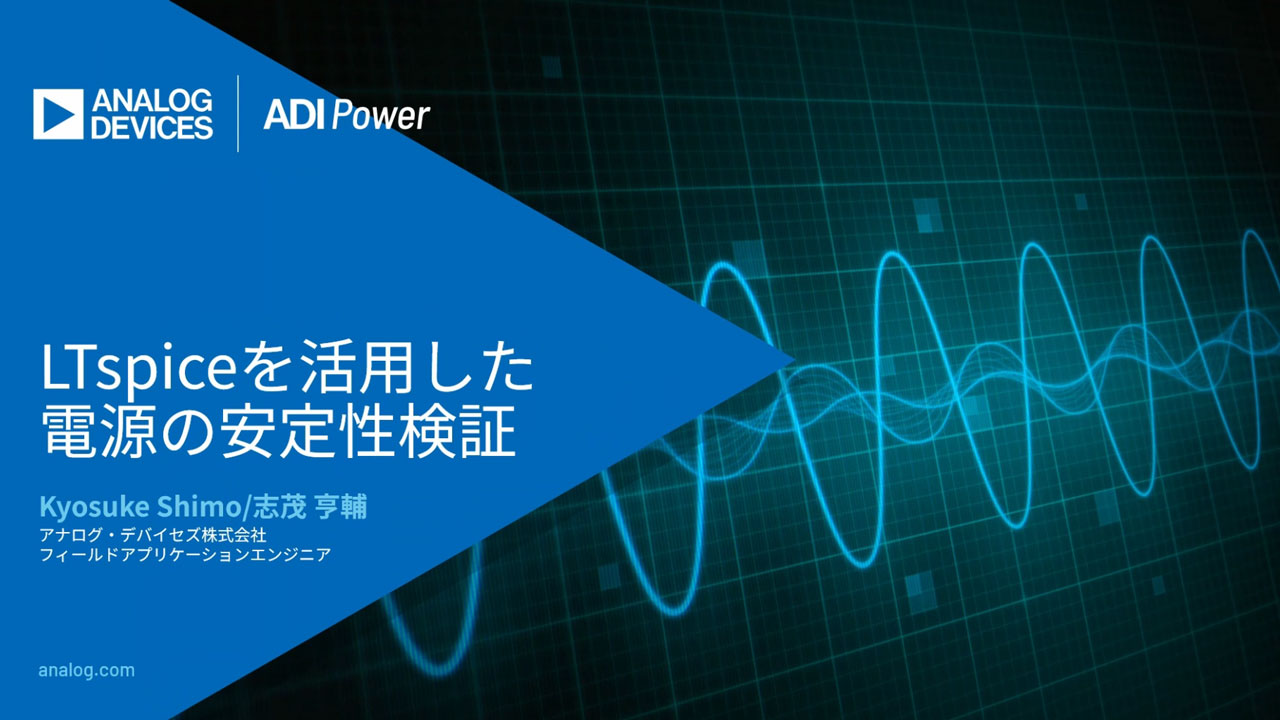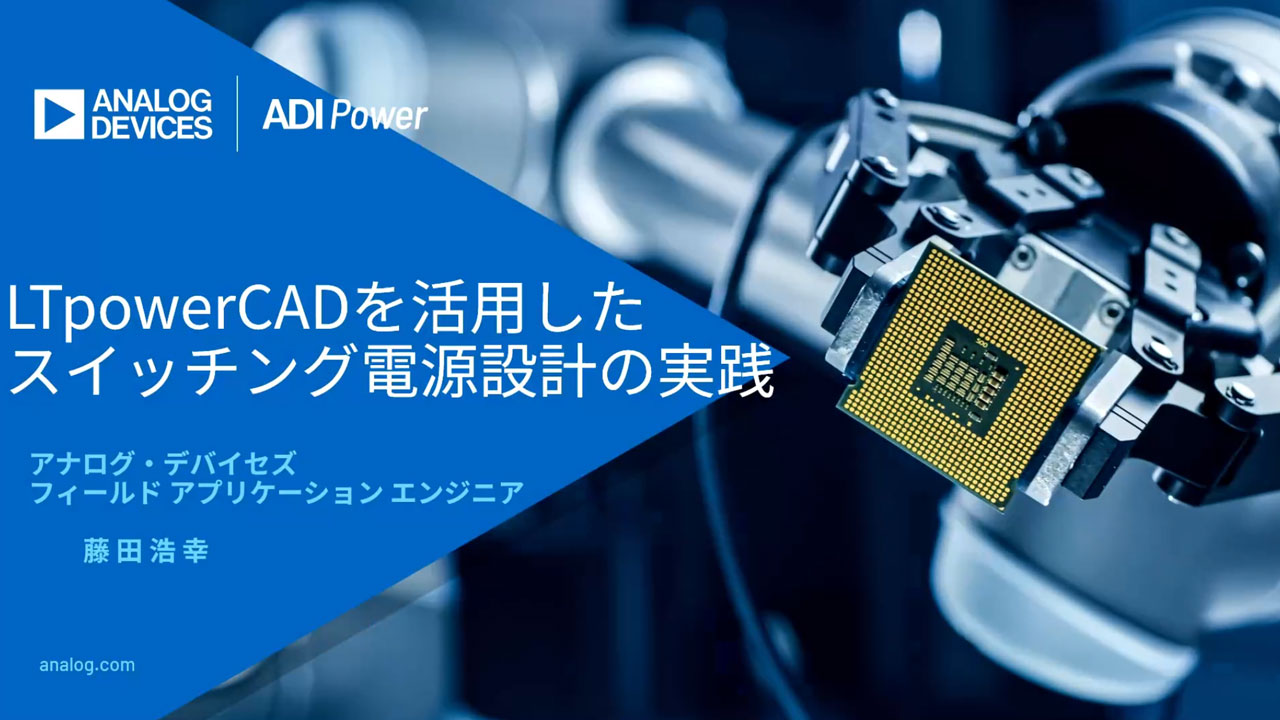Converting a Low Distortion Single-Ended Sine Source to Fully Differential
Converting a Low Distortion Single-Ended Sine Source to Fully Differential
著者
Guy Hoover
2017年09月10日
Customers looking for a way to evaluate ADCs with differential inputs will find themselves in need of a low distortion, low noise differential sine source. Single-ended sine sources can be obtained by building a simple Wien-bridge oscillator or by employing any of several readily available audio oscillators. Differential sine sources however are not as common. Using the LTC6363 precision, low power rail-to-rail output differential op amp, a single-ended sine source can be converted to a differential output sine source and still maintain a very high level of performance.
The circuit of Figure 1 is used with the sine source of the DC1858A and the DC1925A ADC demo board to demonstrate the circuit performance. DC1858A is a low noise, low distortion 2kHz sine wave generator. The typical THD of the DC1858A is –118dB and the typical SNR is 104dB. DC1925A is the demo board for the LTC2378-20 20-bit, 1Msps ADC with fully differential inputs. This ADC has a typical THD of –125dB and a typical SNR of 104dBFS.
The circuit of Figure 1 is built using the DC2319A, the demo board for the LTC6363. Part numbers in the schematic correspond to the part numbers used by DC2319A. Looking at the circuit of Figure 1, the sine out of the DC1858A is applied to the J2 input. Vref/2 (Pin 1 of JP4) from the DC1925A is applied at the J1 input. This properly sets both the input and output common mode levels. Resistor R5 is used to match the output impedance of the DC1858A and capacitor CX filters the noise from the voltage applied at J1. V+(+8V) and V–(–3.6V), also provided by the DC1925A, power the circuit. The circuit gain is set by the ratio of the feedback resistors (R3 = R4) to the input resistors (R1 = R2). The J4 and J3 outputs connect to the J2 and J4 inputs of the DC1925A. The RC filters at Vout+ (R10, C12) and Vout– (R9, C11) minimize the output noise of the LTC6363.

Circuit performance is shown in the PScope output of Figure 2. SNR in dBFS is obtained by adding the absolute value of the F1 Amplitude to the indicated SNR. This yields 103.26dBFS which is less than 1dB off from the typical values of the DC1858A and the LTC2378-20. THD is –113.11dB. This is approximately 5dB worse than the typical DC1858A value but close to the typical value for the LTC6363.

著者について
Guy Hooverは、Linear Technology(現在はアナログ・デバイセズに統合)で30年以上にわたりIC設計技術者、アプリケーション・エンジニアなどの職務を果たしてきました。
Bob Dobkin氏、Bob Widlar氏、Carl Nelson氏、Tom Redfern氏の指導の下、オペアンプ、コンパレータ、スイッチング・レギュレータ、A/Dコンバータ(ADC)など、様々な製品を担当。この時期には、...
Bob Dobkin氏、Bob Widlar氏、Carl Nelson氏、Tom Redfern氏の指導の下、オペアンプ、コンパレータ、スイッチング・レギュレータ、A/Dコンバータ(ADC)など、様々な製品を担当。この時期には、...


